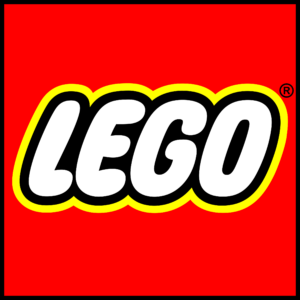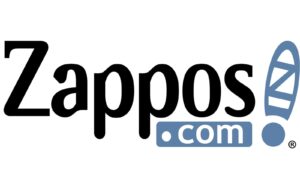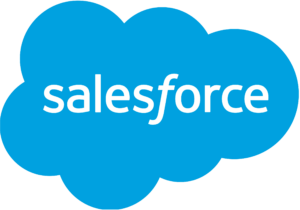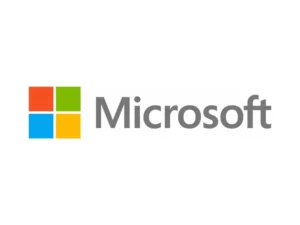In the world of talent acquisition, the art of crafting an exceptional job profile is a must.
It’s not just about listing requirements; it’s about telling a story that resonates with the ideal candidate.
But where to start?
Here are some examples and ideas of companies that know what they are doing.
1. Show your company’s Unique Selling Points
What traits make you company stand out?
This helps candidates instantly gauge if they resonate with your core values and vision.
For example

Airbnb emphasizes its culture of innovation in connecting people around the world with unique travel experiences.
They might highlight their commitment to creating a world where anyone can belong anywhere, showcasing their diverse, inclusive, and global community.

As a company known for its environmental activism, Patagonia can spotlight its dedication to sustainable business practices and ethical sourcing.
They could discuss their initiatives like donating a percentage of sales to environmental causes and their commitment to transparency in their supply chain.

Lego can showcase its commitment to fostering creativity and learning through play.
They might discuss their enduring appeal across generations and their efforts in sustainability, like producing eco-friendly bricks.
2. The story behind the role
A job description should be a narrative, not a checklist.
Let’s say you’re hiring a Marketing Manager. Don’t just mention “responsible for marketing campaigns”; delve into the specifics.
For example, “You will spearhead our new digital marketing campaign aimed at increasing brand awareness by 30% in the European market, collaborating with a dynamic team of content creators and analysts.”
This gives candidates a clear picture of what their day-to-day will look like and the impact they can make.
Companies we can learn from:

Google is renowned for its detailed and engaging job descriptions.
They often go beyond just listing responsibilities and requirements.
For a Marketing Manager role, for instance, Google might describe how the candidate will contribute to innovative marketing strategies that enhance the company’s global presence.
They could detail the role’s involvement in cross-functional projects, the opportunity to work with cutting-edge technology, and the impact on driving user growth for various Google products.

HubSpot: Known for its inbound marketing and sales software, HubSpot excels in crafting job descriptions that reflect its company culture and the role’s impact.
For a Marketing Manager position, HubSpot might emphasize the role’s contribution to creating remarkable customer experiences through innovative marketing campaigns.
They often include specifics about the team environment, the growth opportunities within the role, and how the position contributes to the company’s mission of helping businesses grow better.

Zappos: Zappos, the online shoe and clothing retailer, is famous for its company culture and customer service.
Their job descriptions for roles like Marketing Manager often highlight the creative and collaborative nature of the work.
They might describe the role’s involvement in creating engaging, customer-centric marketing campaigns that align with Zappos’ unique brand voice.
Additionally, Zappos’ job descriptions often reflect their core values, giving candidates a clear idea of the company’s culture and expectations.
3. Clear compensation details.
In today’s competitive job market, clarity in compensation can be a game-changer.
For instance, if you’re offering a salary of €60,000 for a software engineer, break it down. Explain that it includes a base salary of €50,000, a performance bonus of up to €10,000, and stock options.
Add details about health benefits, gym memberships, or remote working allowances.
This level of detail helps candidates compare offers holistically.
Here are two examples of companies known for their clear and detailed compensation structures:

Buffer, a social media management tool company, is renowned for its transparency, including salary details.
They have a publicly available salary formula that they use to calculate pay for all roles, including software engineers.
Buffer also shares details about their remote work allowances, unlimited vacation policy, and health insurance benefits, providing a comprehensive view of their compensation package.

Salesforce, a leader in CRM software, is known for its competitive and transparent compensation packages.
For a software engineer role, they might offer a detailed breakdown of the salary, including base pay, performance bonuses, and stock options or RSUs (Restricted Stock Units).
Additionally, Salesforce is known for its extensive benefits package, which often includes health and wellness benefits, financial planning and retirement options, and other perks like gym memberships and transportation allowances.
4. A well-defined interview process.
A clear interview process sets expectations right from the start.
For example, for a Senior Developer position, you might have a three-stage process: an initial phone screen to assess fit, a technical interview involving a coding challenge, and a final round with team leads to discuss long-term goals and aspirations.
This transparency helps candidates prepare mentally and emotionally for each stage, ensuring a smoother, more engaging experience.
Investing time in creating a detailed and compelling job profile is not just about filling a position.
Here are two companies known for their well-defined and transparent interview processes:

Amazon’s interview process, especially for technical roles like Senior Developers, is renowned for its structure and clarity.
They typically start with an initial phone screen that assesses the candidate’s fit for the role and Amazon’s culture.
This is followed by a series of technical interviews, which often include coding challenges and problem-solving tasks based on Amazon’s leadership principles.
The final round usually involves discussions with senior team members or hiring managers, focusing on long-term goals and potential contributions to the team.
Amazon’s process is designed to be rigorous but transparent, giving candidates a clear understanding of what to expect at each stage.

Microsoft also has a well-defined interview process for technical roles.
Their process usually begins with a phone or video interview to evaluate the candidate’s technical skills and fit for the team.
This is followed by an on-site interview loop, which includes a series of technical assessments and problem-solving exercises, often involving coding challenges.
The final stages typically include interviews with team leads or managers, where candidates discuss their career aspirations and potential fit within the team and company culture.
Microsoft’s process is known for being thorough and transparent, providing candidates with a comprehensive understanding of the role and the company.
The story counts.
In crafting your job profile, remember, you’re not just listing a role; you’re inviting someone to be a part of your story. Make every word count!
Attracting top talent lies in the details of your job profile.
Jobs on Hireport
With HirePort, you’re not just crafting a job description; you’re streamlining the entire external recruitment process through a platform that understands the value of working with recruitment agencies.
Your job profile on Hireport not only gets you the right talent. It ensures that experienced professionals know who to look for you. So you get maximal support.
It’s about ensuring that every candidate you meet is already aligned with your vision and values.
Hiring via Recruitment Agencies Simplified – that’s the essence of HirePort.
So, are you ready to transform the way you hire?


